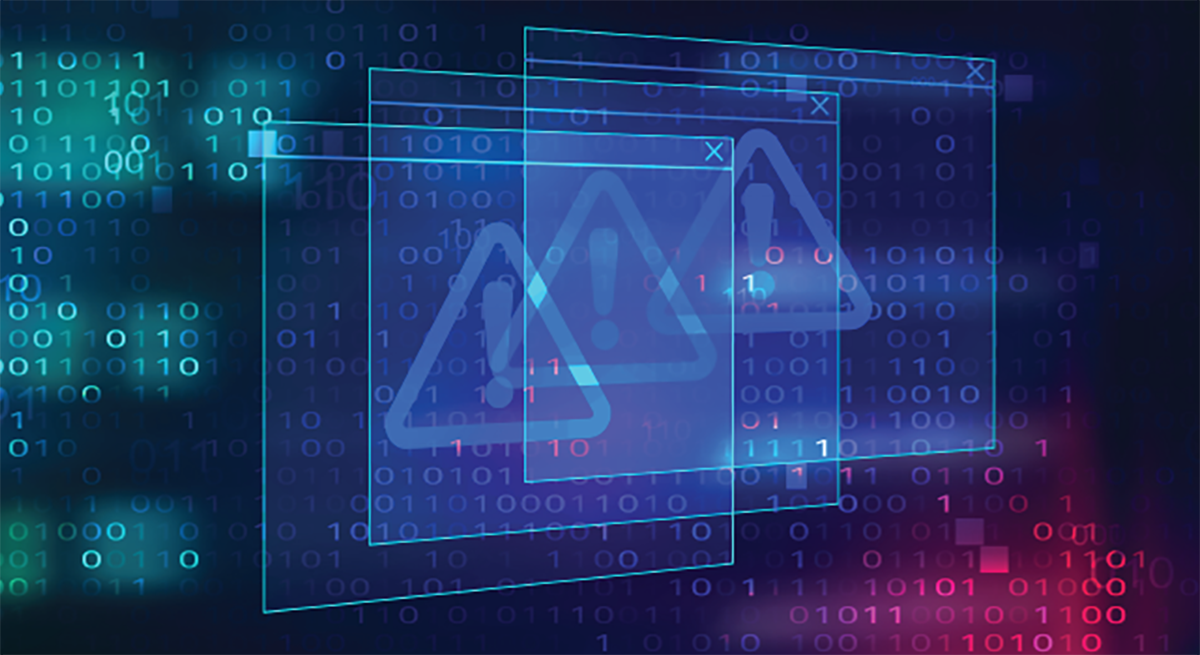- Why I recommend this OnePlus phone over the S25 Ultra - especially at this new low price
- I replaced my laptop with Microsoft's 12-inch Surface Pro for weeks - here's my buying advice now
- This palm recognition smart lock doubles as a video doorbell (and has no monthly fees)
- Samsung is giving these Galaxy phones a big One UI upgrade - here's which models qualify
- 7 MagSafe accessories that I recommend every iPhone user should have
Lower Data Breach Insurance Costs with These Tips
The proliferation of ransomware and business email compromise (BEC) cyberattacks has forced organizations to change their perception towards the current threat environment. The question is no longer “if” your business will fall victim to a threat campaign, it’s now a matter of “when.” IBM Security reported that 83% of organizations studied have had more than one data breach. While the average cost of a data breach has reached an all-time high of USD 4.35 million…
Read More










